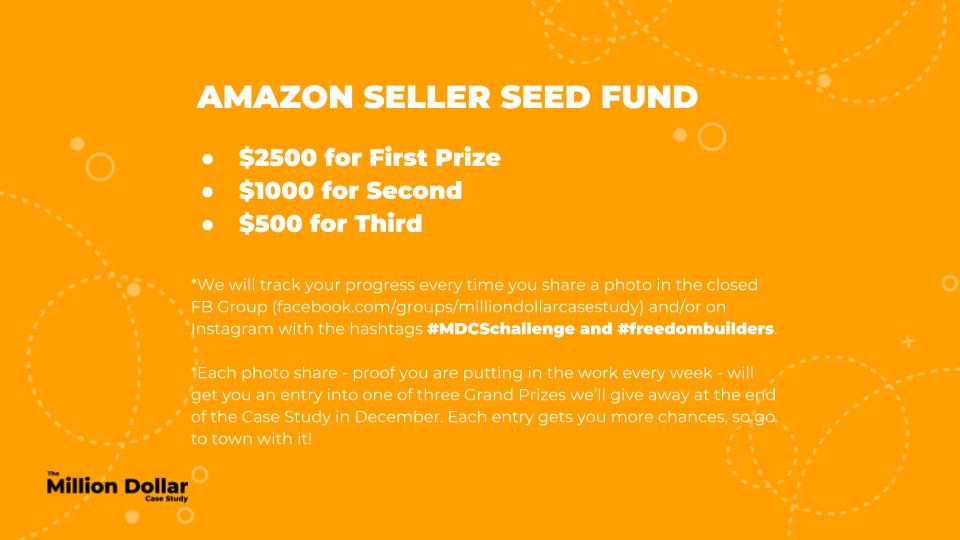Blog: Million Dollar Case Study: Building Your Product + Patent Research
Million Dollar Case Study: Building Your Product + Patent Research
- Missed an episode? Catch up with us here Episode 1: Product Research, Episode 2: Customer Research, Episode 3: Customer-Driven Innovation.
- This is the fourth episode of the fourth season of the Million Dollar Case Study
- Do you need a patent for an Amazon private label product?
- Doing patent research for your Amazon FBA product
- Exclusive Jungle Scout discount offered at the end!
How to conduct patent research? Do you even need a patent?
Plus, we share a shortcut to help you find professionals that can turn your product ideas into reality!
We’re covering all of this today in our fourth episode of the Million Dollar Case Study. Watch the video, keep reading and don’t forget to claim your exclusive Jungle Scout discount!
Subscribe to the Million Dollar Case Study list here, so you never miss an episode!
Before you get started, if you’re not already using Jungle Scout, you’ll need to get a Jungle Scout subscription to follow along with us and complete your product research.
To help you out, we’ve put together a Jungle Scout discount code that gives you more than 30% off Jungle Scout – both the Web App and Chrome Extension! Plus, you get a pretty fantastic FREE t-shirt to go with it.
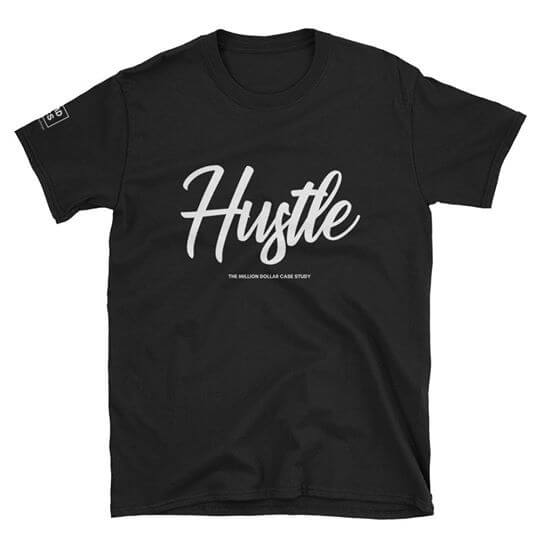
Hey Freedom Builder!
I’m excited because today we’re going to be talking about doing patent research, how to figure out whether or not you need patents, and how to get professional help for your patent research.
For this episode I interviewed two professionals to gain some insight in the field of product creation and patent law. Brad Muise P.h.D., a product designer, who has filed over 100 patents, and Kinza Hecht, a patent attorney.
Please note: I’m not an attorney and Jungle Scout isn’t licensed to give you official legal advice. Everything that follows is based on our experience as Amazon sellers and consulting with patent experts.
Trademarks, Copyrights, Patents
There are three different types of Intellectual Property (IP): trademarks, copyrights, and patents. Here are the differences.
A trademark is something like a brand name. We’ve trademarked Jungle Scout, and that gives us the protection so that other people can’t use our logo or name to operate.

Copyright is the right to something like a song, a photograph, or even the text that you’ve written for the description of your Amazon listing. If you take your own images and write your own text for your Amazon listing, then you own the copyright for this content, and that gives you protection from people taking it for their own listing.
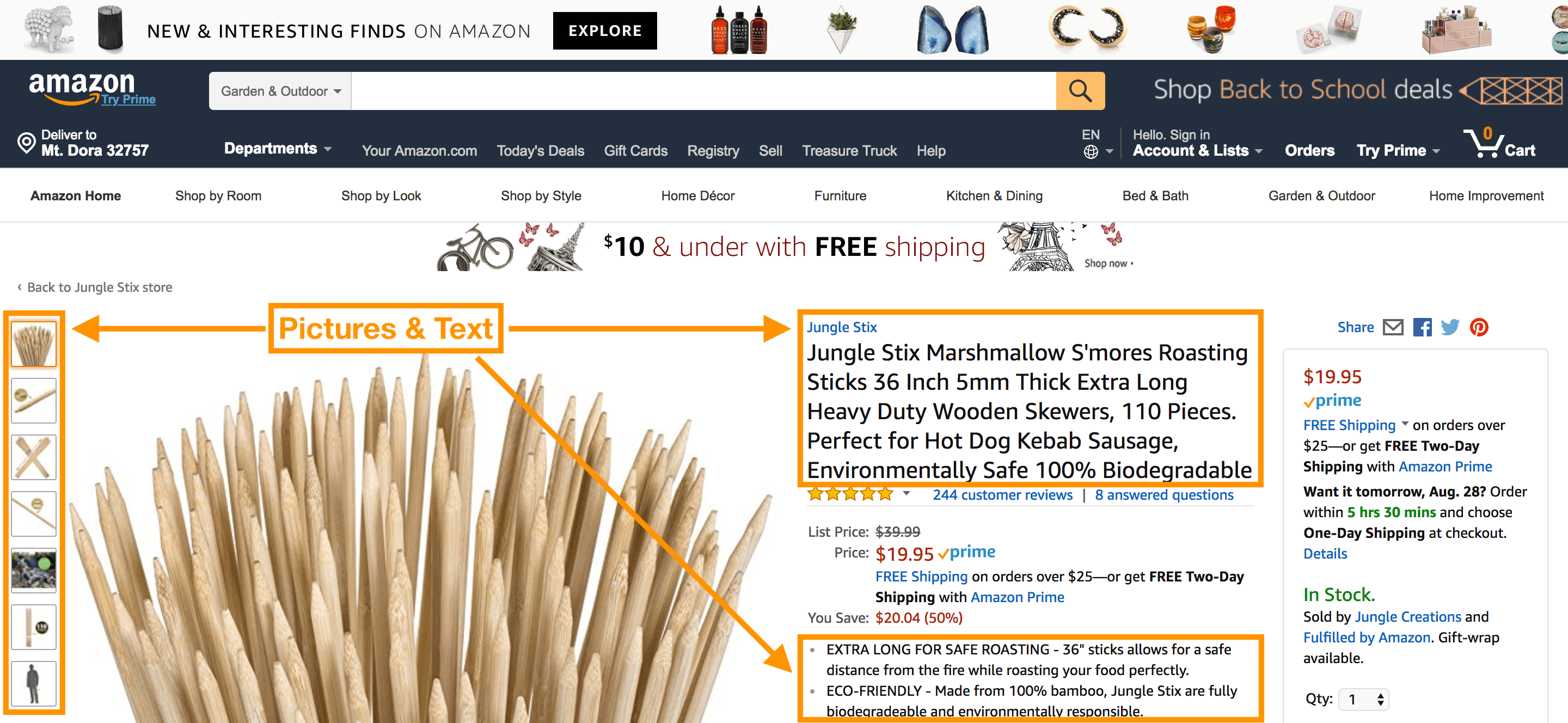
With patents, let’s say I wanted to patent this clamp I found here in my office:
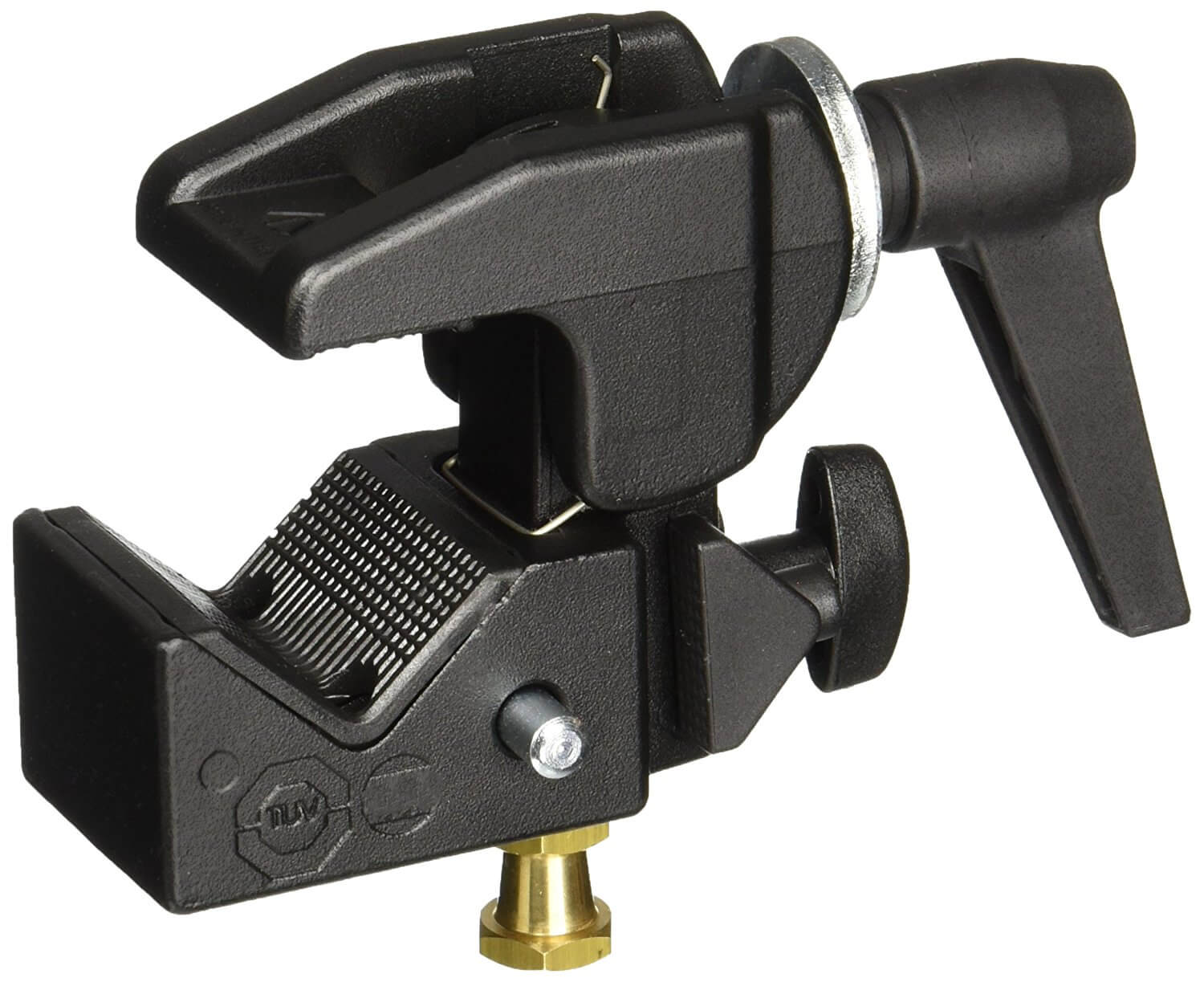
If I was the one to invent it, then I could file for either a design patent or a utility patent, and that would give me protection from other people stealing my creation.
With most private label products, there is no patent. That’s because you’re private labelling an existing product, rather than inventing something. I’ve never filed a patent for any of the products that I’m currently selling on Amazon.
Depending on what kind of changes we make to our clamp-on keyboard tray, we may or may not file a patent. That’s to be determined.
First off, there are two types of patents: Utility and Design. Utility protects the way an item is used or how it works. Design protects the overall look of the product.
With utility patent on this type of clamp, no one else could make a device that squeezes down and holds onto an item in the exact same manner.
Design patents protect the way that an item looks. If I had a design patent on this clamp, no one else could make a similar clamp that looked the same to mine.
Simplifying Patent Research
All Amazon sellers should know some basic patent research. Even if you don’t want to patent your own product, which is true for most of you, you’ll still want to know about how to make sure that whatever item you want to sell is not patented. The last thing you want to do is get into legal trouble if you infringe on another seller’s product.
STEP 1
See if other people are selling a similar product. If there are numerous sellers with a similar product, you’re probably OK. If there’s just one, there may be a patent preventing you from private labelling a similar product.
STEP 2
Dig into your various competitors Amazon listings and check to see if there is a patent stated in the listing. People will often advertise their patents and declare it in their listing.
STEP 3
The third thing you’ll want do is order the product and see whether or not it has a patent or patent pending number stamped on it or somewhere on the packaging.
STEP 4
You’ll want to do a Google search using your product keyword or the Amazon brand name listing along with the word “patent.” With my clamp example, the brand on the tag is Super Clamp. My search query would look something like this: super clamp patent.
STEP 5
Here are some different resources where you can search for patents – for free!
The first one is Google Patents.
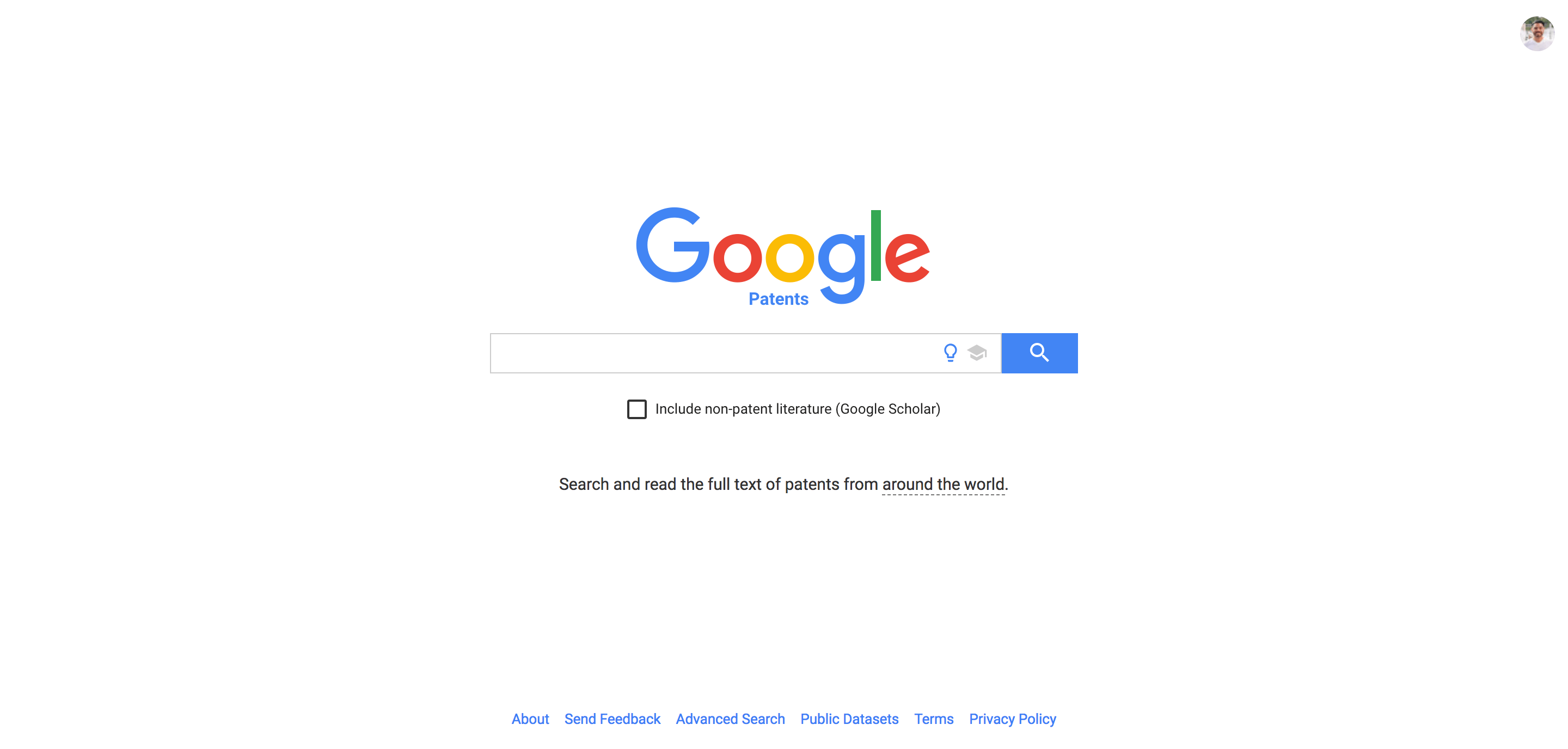
This is by far the best and the most user friendly tool to search through.
You can also use the United States Patent and Trademark Office.
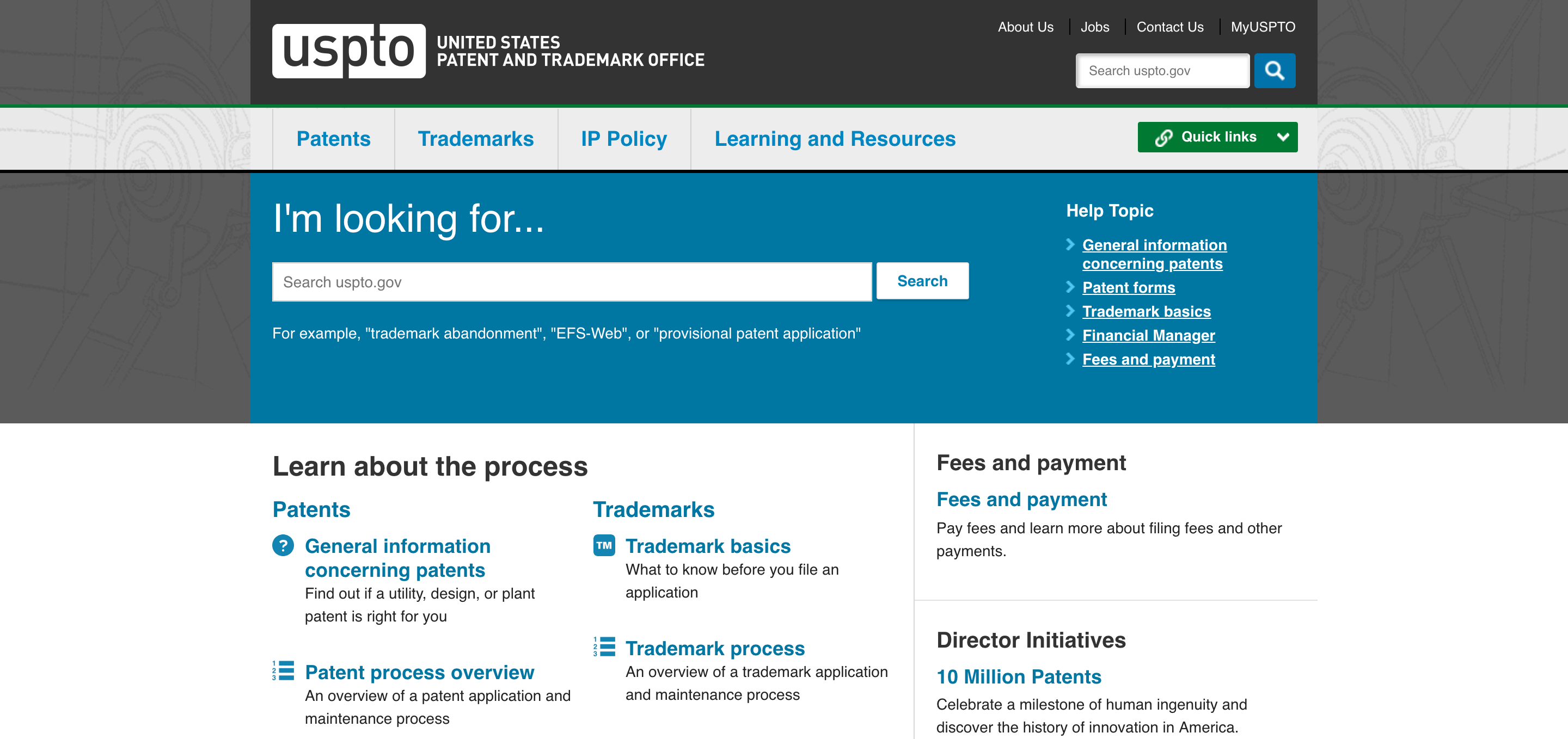
This is the official US Government website where you can search for patents. Honestly, I prefer using Google Patents for my research.
Let’s dig in!
Since we’re considering selling the clamp-on keyboard tray, let’s do a real life example of how I would do patent research for this item.
Run an Amazon Search
I’m going to start off by searching on Amazon for the keyword “clamp on keyboard tray.”
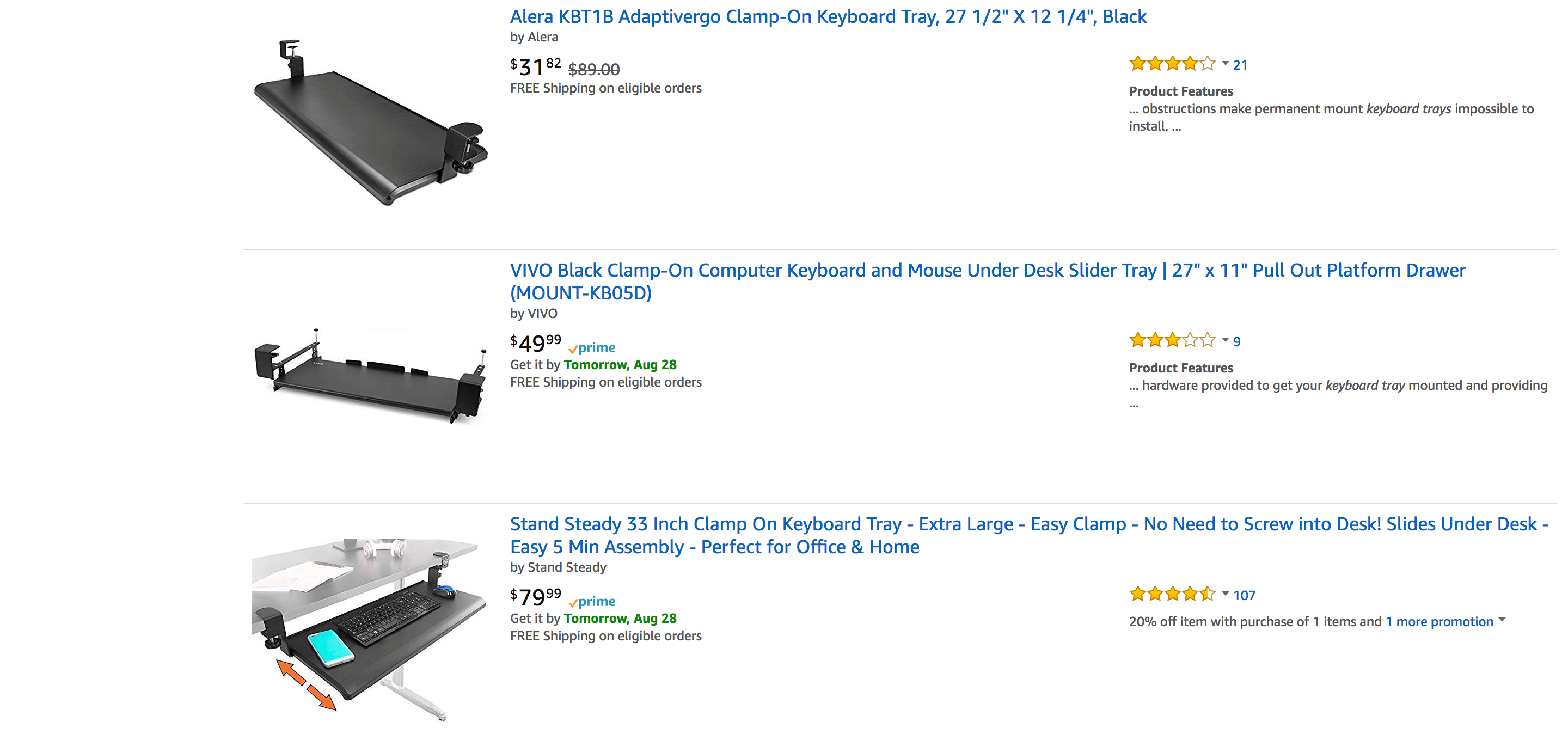
There are multiple vendors selling this version of the keyboard tray. My gut feeling tells me this isn’t patented.
Examine competing listings
Pull up various competitors Amazon listings and check to see if there is a patent stated in the overall text of these listings. Here’s a cool timesaving hack: rather than read through the entire listing, hit Command+F on your Mac (for PC Control+F) and a search bar will appear in the upper right corner. It scans the page for you!
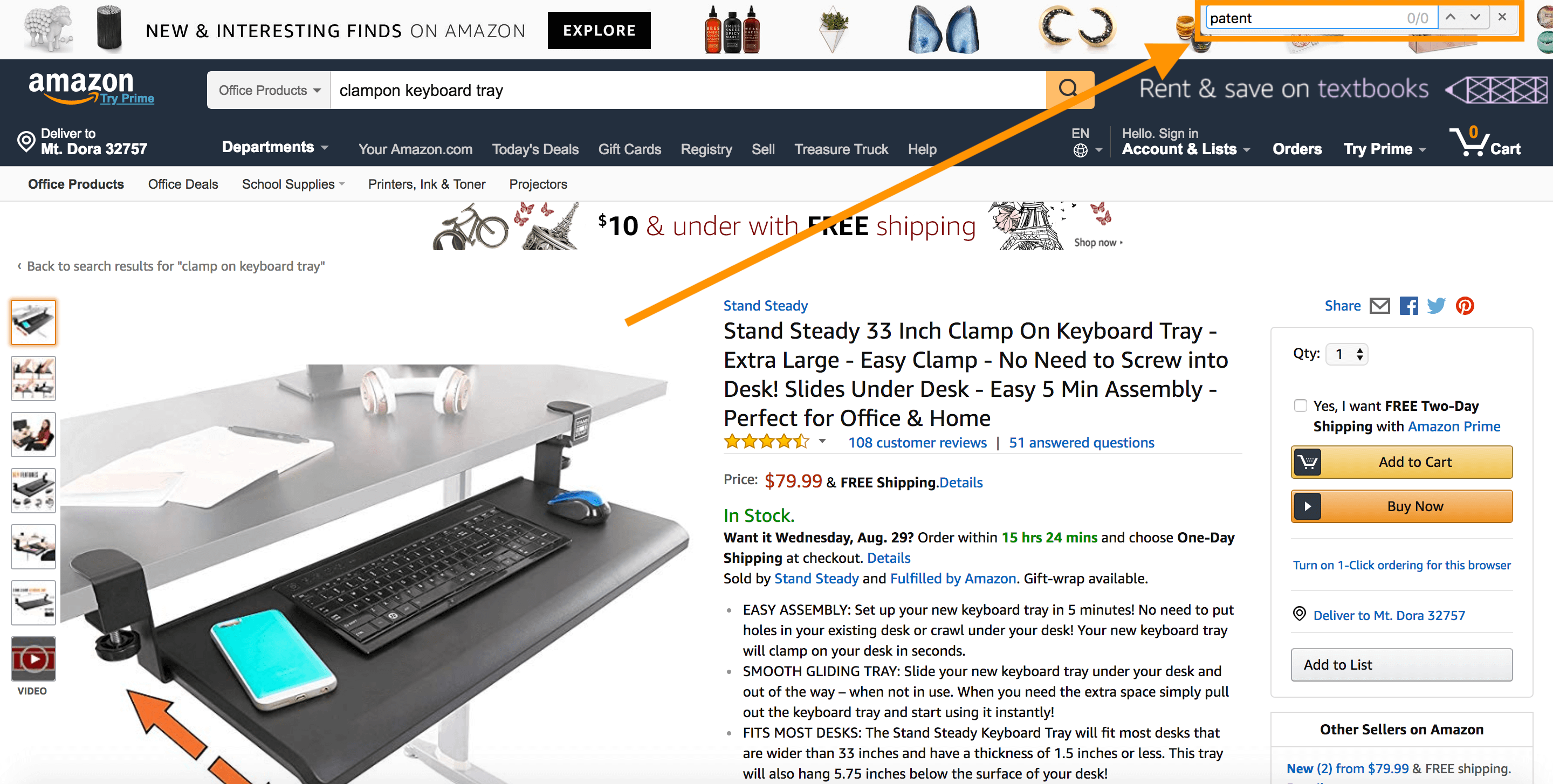
Order the product
The third thing you’ll want do is order the product and see whether or not it has a patent or patent pending number stamped on it. If you remember from last week’s episode I already ordered the product for product research now I’m just checking if this item is patented.
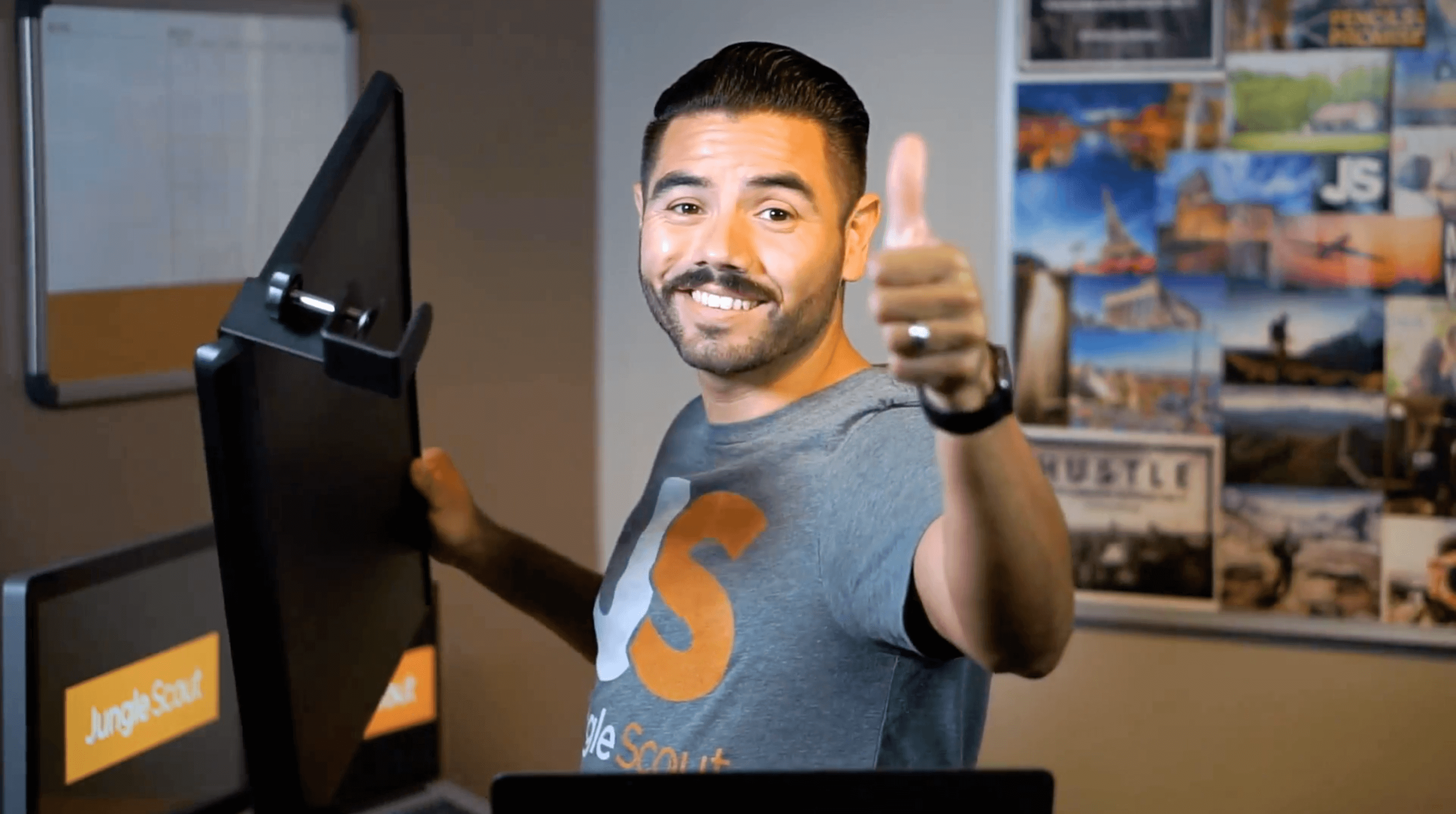
…and I don’t see any patent numbers. Nothing stamped on the tray itself, or even on the clamps, so I think we’re good here.
Running a Google search
Go to Google and type in the phrase “clamp on keyboard tray.” Nothing looks to be too threatening, patent-wise.
Patent research in action
I went to Google Patents and searched the term “clamp on keyboard tray.” If nothing matches my search, I’m good to go!
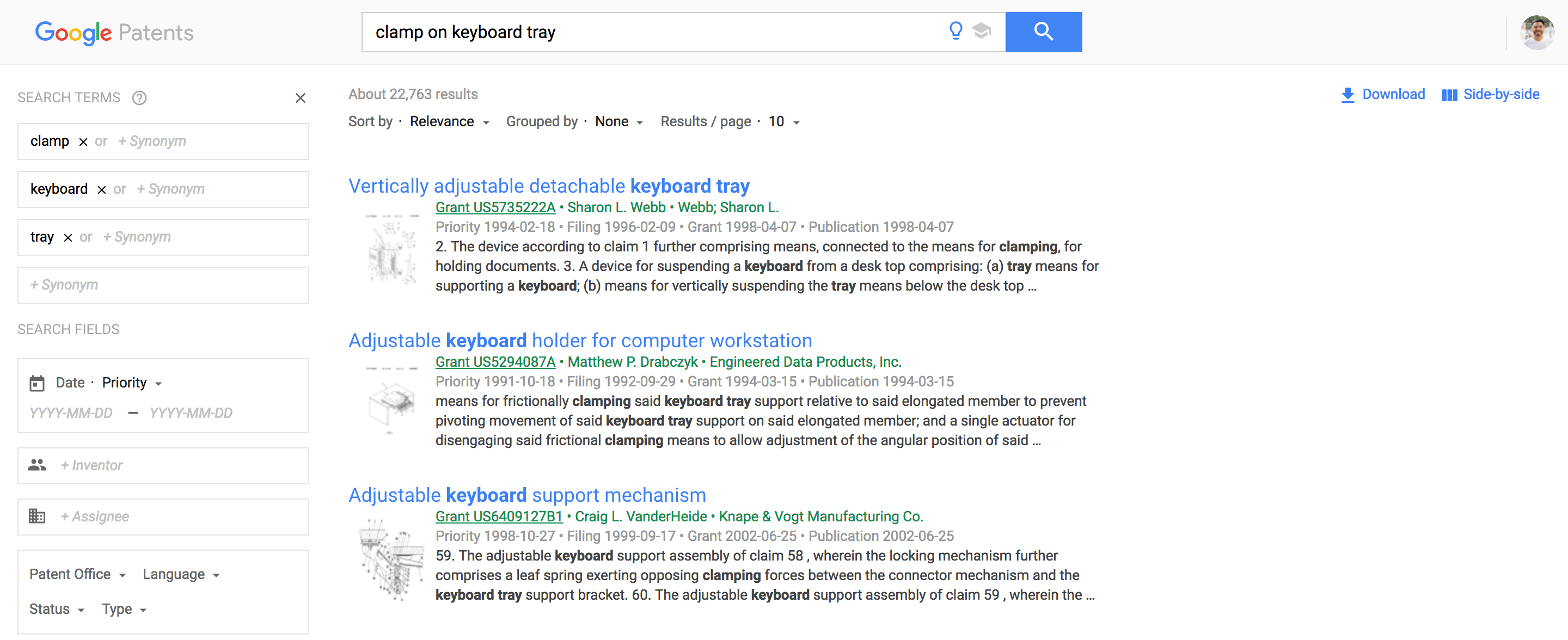
Now, I’m 99.9% confident this clamp-on keyboard tray is not patented.
Final thoughts on patenting
There are a couple of things to think about when filing for a patent. What types of changes or improvements are we going to make to this product? If we make some pretty significant changes and they’re very unique, then we could think about filing for a patent for this. It’s important to ask yourself why you might need the protection.
For something with a design patent, this only gives a minimal amount of protection. Someone could adapt our look slightly A utility patent will be expensive.
There are other ways to protect your inventions on Amazon or to become more defensible on Amazon. We’ll get into this later in the case study, but it’s about having good marketing, strong listings and PPC.
Even if competitors can work their way around a patent, they are less likely to try if they know your product is patented.
Jungle Market
If you’re looking to hire a professional for your patent research or you’re struggling with your product requirements for your manufacturer, use Jungle Market to find a professional. It’s a database of verified, reviewed Amazon service providers, like patent lawyers and product designers.
Full disclosure: Jungle Market is a part of Jungle Scout. We founded it as a way to create easier, better quality connections between sellers and Amazon freelancers. This is the only Amazon-specific freelance marketplace out there and everyone is fully vetted by our team.
💡PRO TIP: Before I’m willing to disclose any information with a professional that I’m looking to hire, I just have them sign an NDA and that’ll make me feel a whole lot better. Now, we made it very easy for you because there is a sample NDA in your weekly Workbook.
Make sure to join us next week! I’ll teach you exactly how to find the best factories to manufacture your product.
Now, it’s YOUR TURN!
First, you need to get access to Jungle Scout. To help you get started, we’re offering you 30% off the Jungle Scout Web App and the Extension, both tools that I showed you today.
Start doing some research of your own! Every week, we’ll be giving you your Action Items and Weekly Workbook and exclusive hacks to make the most of your MDCS journey.
Get your FREE MDCS Workbook!
After you’ve completed the Action Items found in the Workbook, post your progress in the Million Dollar Case Study Facebook Group! You don’t have to reveal all of your best ideas – just let us know you’re working on them! You can also post them to Instagram with the hashtags #mdcschallenge or #freedombuilders.
Here’s what you could be eligible to win at the end of the MDCS! We’ll be drawing for names and the more photos you post and share as the weeks go on, the more chances you get.
